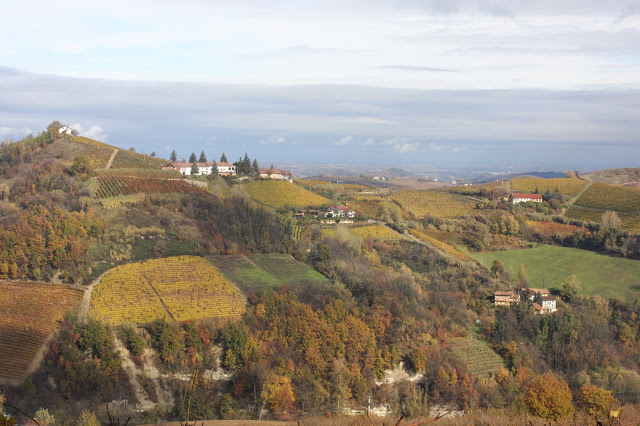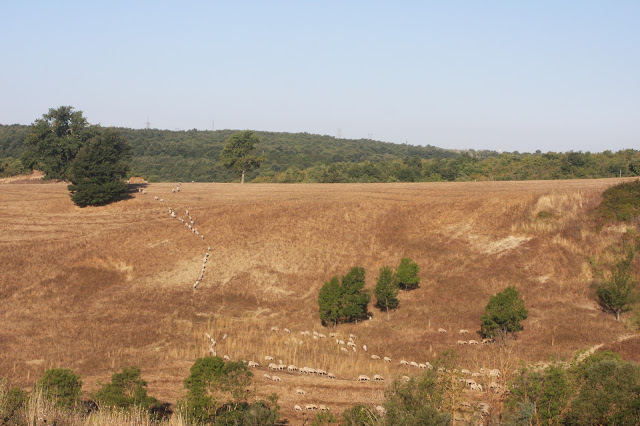
Considerations on soil fertility

Acqui Terme (Piedmont) landscape with vineyards and other cultivations
In recent decades we have sometimes forgotten, while undertaking agriculture, that the soil is the most precious asset we have. In fact, we could compare it to bank capital from which we periodically withdraw. In cultivating durable tree species such as the vine, we have created a truly short-sighted system (weeding, compaction, erosion … lack of rotation, excess production). With specific reference to historical and important vineyards in Europe, mainly in temperate zones, desertification means the constant loss of organic substance. Its values, in most of these vineyards, are around 1 percent, a concern for the future of the desired quality production. Today we are definitely more conscious of this loss because the phenomenon of ‘falling tendency’ is right in front of our eyes in many forms (physiological pathologies like black wood, flavescence, the difficulty in growing plants… and the quantity and quality of its fruits).
The soil is an organism in perpetual youth and we, through good management, must foster its vitality, i.e. use it conscientiously over time.
Like us, the soil needs a lot of oxygen, which is responsible for the explosion of life (together with nutrients and water as its medium) and this happens if there is harmony between the aerobic (large) and anaerobic (small).

Maremma Tuscany hills in August 2015
The vitality of fertility as a business risk – this is the most economically responsible and modern challenge we can pursue.
The goodness and wholesomeness of agricultural destinations must mean exercising viticulture to create emotional value, enriched by health values: the safety of workers, of those who inhabit these agricultural sites (just think of the criticalities of extremely intensive viticulture!), of healthy food that’s not at risk, and the conservation of the biological variability of a destination (plants and animals at all levels of the food ‘chain’, from bacteria, yeasts and mycorrhiza … to the most advanced forms).
Which agricultural practices are more in tune with a good use of resources? Just a few examples: vegetal intercropping with favourable species, mulching, green manure and periodic cultivation with equipment that breaks up the soil to restore oxygen and promote vital processes (i.e. not with a mouldboard plough).






Comments
0 commenti su "Considerations on soil fertility"
There are no comments yet